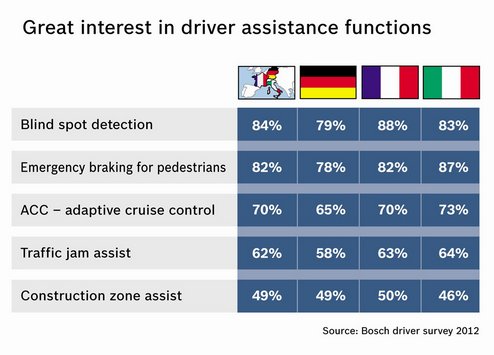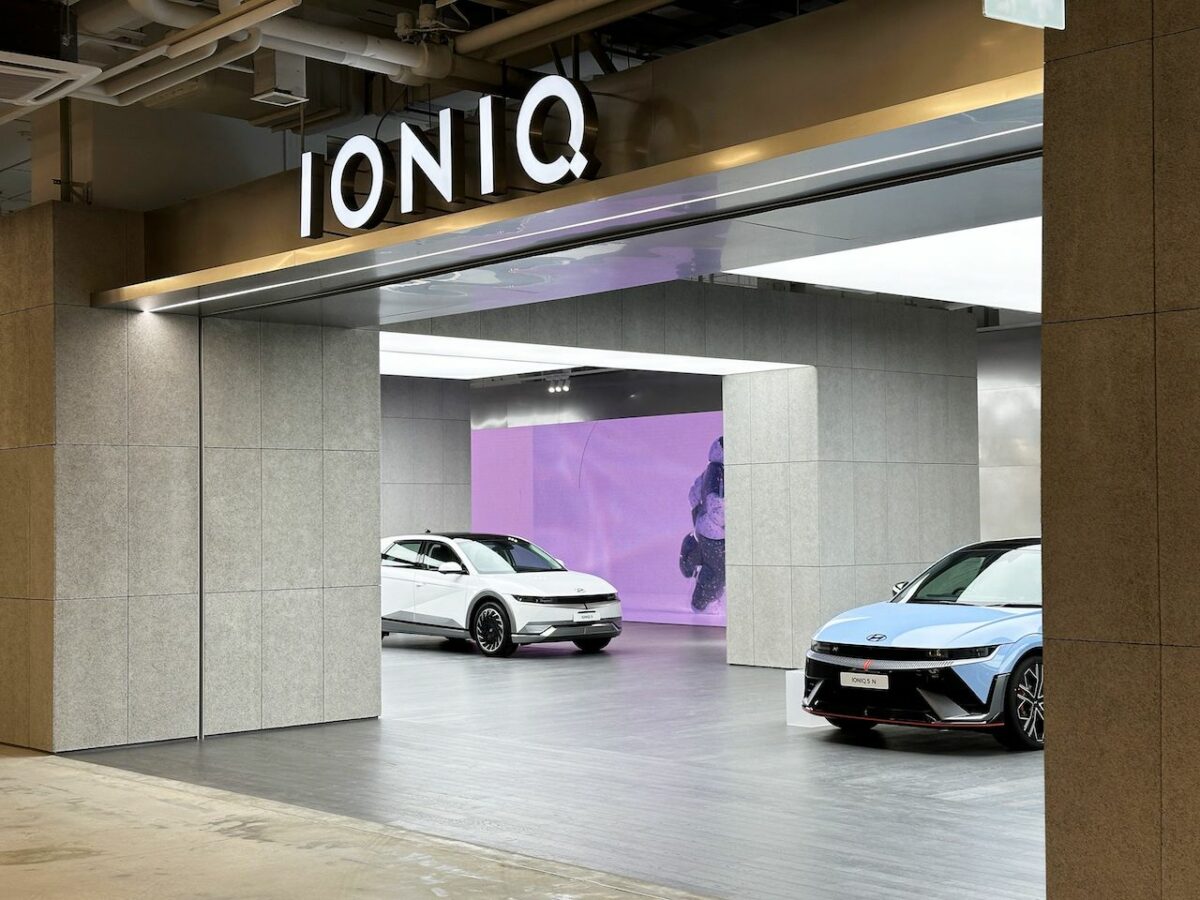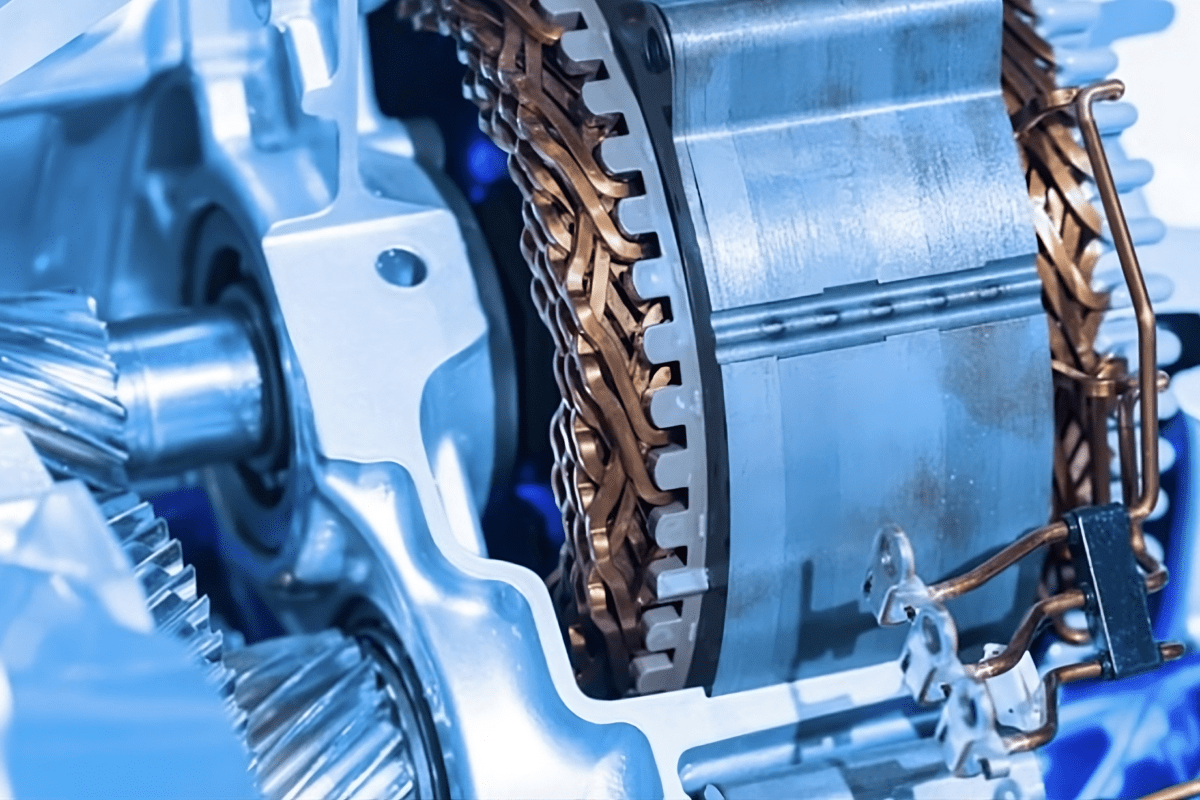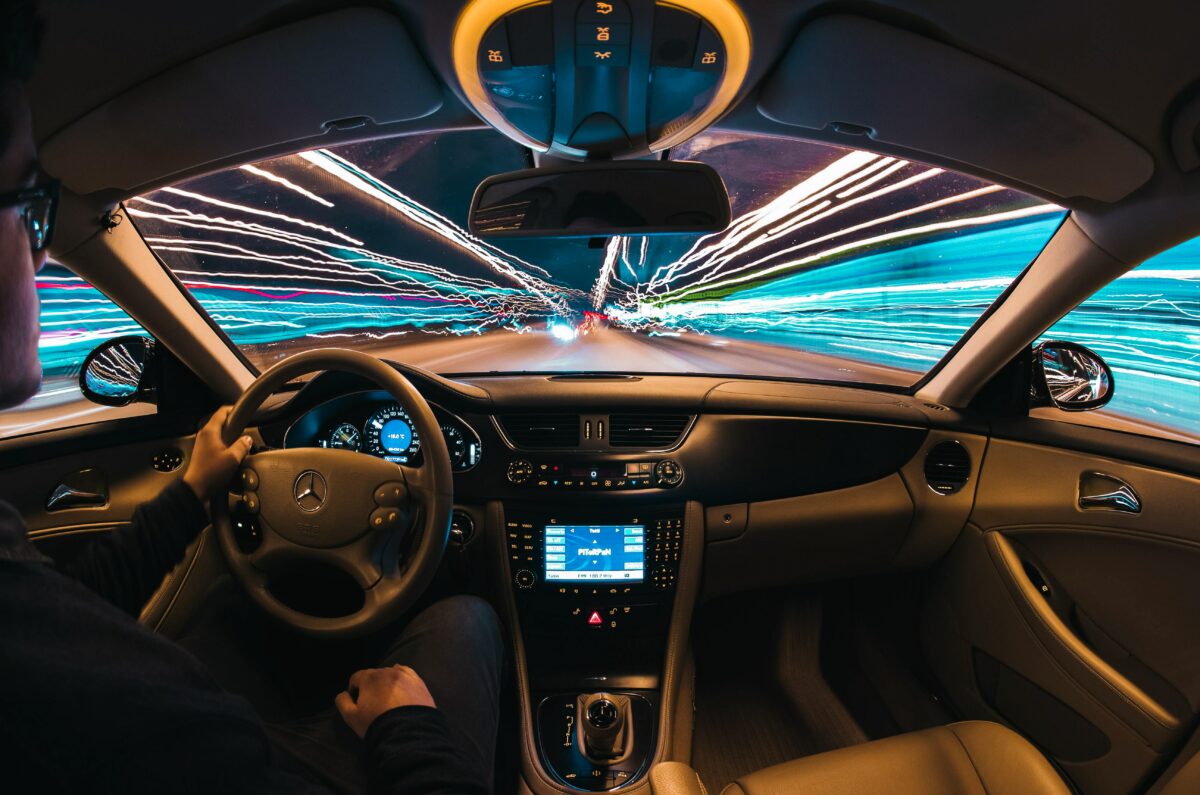Top priority given to safety
- Wide awareness of the latest driver assistance systems
- A clear majority of buyers of cars in the mid-range and below are interested in driver assistance functions
- Emergency braking systems and blind spot assistants are seen as the most important assistance functions
- Automated driving has also found favor among most German, French, and Italian car buyers
When it comes to safety, German, Italian, and French drivers agree: most value the help provided by driver assistance systems, particularly as support in hazardous situations. Functions that monitor the blind spot or prevent accidents by means of emergency braking prove most popular. These were the findings of a representative driver survey carried out at the end of 2012 by Bosch in the three countries. For Gerhard Steiger, president of the Bosch Chassis Systems Control division, there is no doubt that: “Assistance systems boost safety and comfort in the car. They enable you to get to your destination safer and more comfortably.” Bosch was the world’s first company to develop safety systems such as ABS and the ESP® electronic stability program and bring them to series maturity. Today the technology and services company also supplies innovative driver assistance systems such as predictive emergency braking and adaptive cruise control to customers worldwide.
Most buyers extremely interested and well informed
How aware are drivers of the latest driver assistance systems, how do they experience everyday motoring, and how do they think electronics assist them? This was what Bosch asked drivers that had bought a mid-range or smaller car in 2012 or the previous three years. In other words, the respondents typically owned cars in which assistance systems are available as options at best. Nonetheless, the buyers proved to be well informed. A clear majority are interested in technology that provides assistance and information, particularly in relation to safety, but also as regards comfort in stressful stop-and-go traffic.
Most of those surveyed enjoy driving and see themselves as experienced drivers whose attention is not easily distracted. And yet the answers revealed that many of them had encountered critical situations in the previous twelve months: 70 percent recalled having to use emergency braking, 47 percent admitted to almost failing to spot a vehicle approaching from behind when changing lanes, and 34 percent were unsure on at least one occasion whether the right response was to brake or take evasive action. Functions that provide additional safety are therefore in greatest demand. When respondents were asked which electronic aids are of most interest, the blind spot assist came out on top at 84 percent. Closely behind, in second and third place, were emergency braking systems that help prevent accidents involving pedestrians and rear-end collisions.
European drivers are, however, also well informed about how state-of-the-art technology can make everyday driving a more enjoyable experience. Whether they tend to drive on congested highways or in hectic urban traffic, intelligent cruise control allows drivers to get to their destination with less stress. Consequently, an ACC adaptive cruise control system, which reduces the driver’s workload in strenuous stop-and-go traffic, comes next on their wish list, directly after the safety functions.
Supply and demand driving technology uptake
The survey of drivers in three European core countries also reveals that car buyers are not averse to further progress. They are open to technical innovations. And they are also willing to embrace automated driving, the survey shows. Half those surveyed already believe that vehicles driven entirely by electronic control will be technically feasible. 60 percent welcome this kind of relief for the driver – providing it can be switched off at any time. Bosch is working also on these functions. In 2014, for example, it will launch a traffic jam assistant that can brake, accelerate, and steer completely automatically in highways traffic jams. Designed for speeds up to 50 kilometers per hour, the degree of automation will grow continuously in the years ahead.
The results would also seem to confirm a key Bosch assumption: as driver assistance systems become refined, they will also establish themselves quickly in the high-volume market for smaller vehicles. “Given the demand and the increasing availability of affordable and reliable technology, manufacturers will seize the opportunity to differentiate themselves from the competition,” Steiger says. The consumer protection organization EuroNCAP (European New Car Assessment Programme) is also adding weight to the importance of driver assistance systems. In order to receive the top five-star rating from 2014, the majority of new models will have to be fitted with driver assistance systems. Bosch supports this trend by continuously developing and enhancing its systems and sensors. In addition to the already available radar and video sensors in its portfolio, Bosch plans to launch a low-cost mid-range radar in early 2013, followed by a stereo video camera in 2014. The latter will make it possible to provide all NCAP-relevant functions in a single sensor unit.
Detailed information on the driver survey can be downloaded here.
Videos
Bosch driver assistance: (YouTube)
Bosch predictive emergency braking system: (YouTube)
Bosch automated driving: (YouTube)




